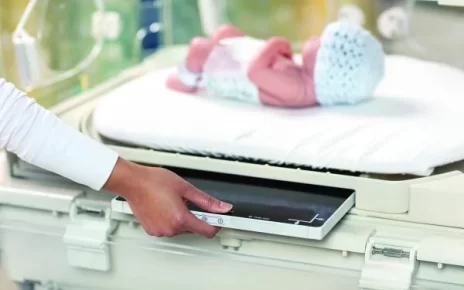Understanding the art of patient compliance doesn’t start in the medical textbooks. It starts in the real world. It starts in places like physical exams Vienna, where internal medicine practitioners master techniques that enhance patient compliance. This blog will unmask those techniques, guiding you through the carefully choreographed dance between doctor and patient that lies at the heart of successful medicine. Let’s peel back the curtain.
Patient Education
The first technique is education. Doctors take the time to explain a patient’s condition. They discuss treatments, benefits, risks, and alternatives. Knowledge empowers patients. They make informed decisions about their health.
Shared Decision Making
The second technique is shared decision-making. Doctors involve patients in their treatment plans. They respect patient’s values and preferences. Shared decisions lead to better treatment outcomes.
Active Listening
The third technique is active listening. Doctors pay full attention to the patient. They understand their concerns and fears. This builds trust. It also leads to a better understanding of the patient’s condition.
Empathy

The fourth technique is empathy. Doctors show care and understanding. This strengthens the doctor-patient relationship. Patients feel comfortable sharing their concerns. They are more likely to follow the treatment plan.
Comparison Table: Techniques to Enhance Patient Compliance
| Technique | Description | Benefits |
| Patient Education | Doctors explain the patient’s condition and treatment options. | patients make informed decisions about their health. |
| Shared Decision Making | Doctors involve patients in their treatment plans. | Better treatment outcomes. |
| Active Listening | Doctors pay full attention to the patient’s concerns and fears. | Trust is built between doctor and patient. |
| Empathy | Doctors show care and understanding. | Patients feel comfortable sharing concerns and are more likely to follow the treatment plan. |
These are not the only techniques but they are key. They require skill and patience. But they lead to better patient compliance. They lead to better health outcomes. And isn’t that what medicine is all about?





